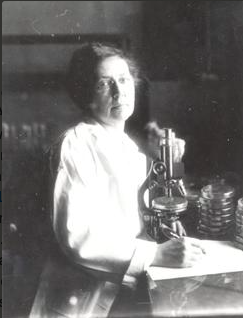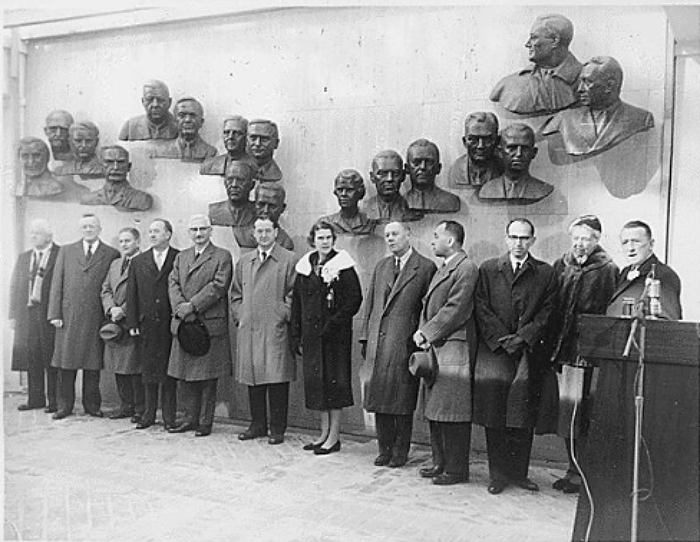
Statement from the UK Joint Committee on Vaccination & Immunisation (JCVI) on why they believe their strategy will achieve maximum impact: app.box.com/s/uwwn2dv4o2d0… 1/n
...They point out that most of the people who got sick with Covid-19 between 1st & 2nd doses of Tozinameran (BNT/Pfizer vax) did so in the 1st 2 weeks, so the efficacy after 2 weeks was 89% (95% CI 52-97%). But Pfizer stresses... 2/n
...that's only known for people who got their booster shot at 3 weeks, so it's unknown if it stays high for up to 3 months bloomberg.com/news/articles/… For the Oxford/AstraZeneca vax, they rely on a subgroup analysis - but the data isn't provided...3/n
...JCVI says you can generally expect better immune response to a booster when it comes a bit later. That can't address immunity in the interval in the absence of trials designed to test this theory. They're recommending this because of short-term lack of vaccine doses...4/5 

...Best case: they're right; enough 1st doses arrive to get enough people vaccinated; added benefit outweighs loss of protection from Pfizer proven regimen; enough 2nd doses arrive within 12 weeks. A lot seems to hinge on confidence that AstraZeneca can deliver enough in time 5/5
• • •
Missing some Tweet in this thread? You can try to
force a refresh











